How to Know if You Have Enough Happiness Neurotransmitters?
Do you ever feel emotional or irritable for no reason? What about feeling anxious or worried? Do you struggle with being unfocused? All these can be linked to neurotransmitter levels being out of whack. Proper neurotransmitter balance is absolutely essential for optimal brain function.
What Are the Happiness Neurotransmitters?
Neurotransmitters are the chemical messengers released from neurons so that they can communicate to neighboring cells throughout your brain and body. While the exact number is not known, there are well over 100 neurotransmitters. Here are the functions of three major “happiness neurotransmitters:”
SEROTONIN
Serotonin is known as the “don’t worry, be happy” soothing neurotransmitter. It plays multiple roles in the brain’s biochemistry including:
- Facilitating sustained and deep sleep
- Maintaining a balanced mood
- Boosting self-confidence and social engagement
- Supporting a healthy appetite
- Decreasing worries and concerns
Additionally, serotonin is associated with learning and memory. Interestingly, although serotonin is manufactured in the brain, where it performs its primary functions, it is estimated that about 90% of our serotonin supply is found in the digestive tract and in blood platelets.
DOPAMINE
Often called the “motivation molecule,” dopamine provides the drive and focus you need to be productive. Dopamine delivers a sense of satisfaction in our mind after accomplishing a task. It also is released when playing sports, learning something new, finishing a task or project, or getting the big promotion you wanted at work. It is heavily involved with:
- Attention span
- Focus
- Follow-through
- Motivation
- Motor movements
- The ability to experience pleasure
Gamma-aminobutyric acid (GABA)
GABA is an amino acid that also functions as a neurotransmitter that is considered the brain’s main “calming” neurotransmitter. It is essential for brain metabolism and works to decrease neuronal activity and inhibit nerve cells from excess firing.
Although GABA’s primary responsibility is to help regulate the activity of neurons, it is also very important for the maturation of new nerve cells (neurogenesis). In addition, GABA has mild relaxation properties and can enhance mood and support sleep.
Better Brain Chemistry = Better Quality of Life
Since your brain and life are inseparably linked, when your neurotransmitters are out of balance, you may experience difficulties in school, at work, at home, in relationships, or emotionally within yourself.
The brain is constantly seeking to keep itself balanced through increasing or decreasing amounts of these substances.

NeuroLink delivers powerful brain-balancing ingredients:
-
- 5-HTP– In the brain, 5-HTP is readily converted to serotonin to help maintain mental and emotional well-being, reduce anxious feelings, and promote calm and relaxation.
- GABA– This amino acid regulates excitability of nerve circuits in the brain and is considered the brain’s main calming neurotransmitter.
- Taurine– Taurine, an amino acid that helps stabilize our nerve cell electrical activity, is known to enhance GABA’s calming effects.
- Tyrosine– Tyrosine is required for the production of the neurotransmitter dopamine. Having sufficient tyrosine in the brain promotes mental clarity in dealing with stress.
When your happiness neurotransmitters are balanced, you can think more clearly, feel happier, and experience greater well-being. Let NeuroLink support and promote balance in YOUR brain!
“NeuroLink helped me feel a better sense of well-being. Great product! It helped me feel more emotionally balanced, calmer dealing with stress and my mood is better.” – Shirley
“No more feelings of “fly off the handle” impatience and instant anger. Wow. Thank you. I got my life back.” – Paris
For more information about NeuroLink and our full catalog of brain-directed supplements, visit the online store at BrainMD.
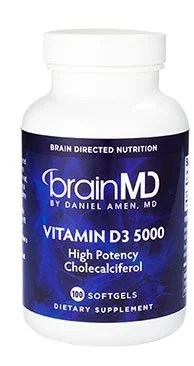
|
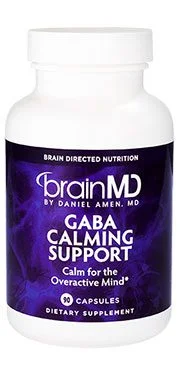
|

|
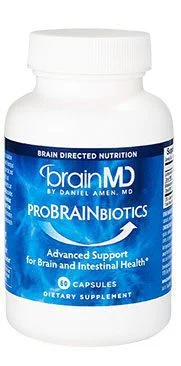
|
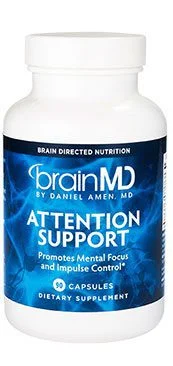
|
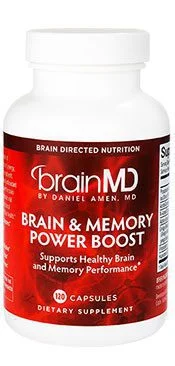
|
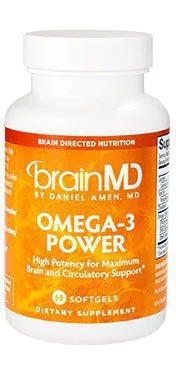
|
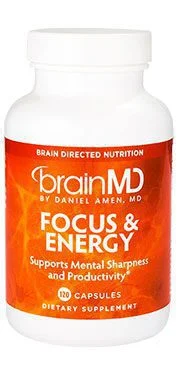
|
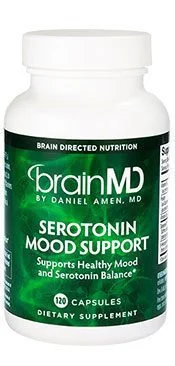
|
- Are All Supplements Created Equal? Why BrainMD’s Quality Surpasses Drugstores - February 9, 2023
- The Food and Mood Connection: 7 Foods to Brighten Your Mood! - September 12, 2019
- Do You Really Need All 8 B Vitamins? - August 2, 2019



